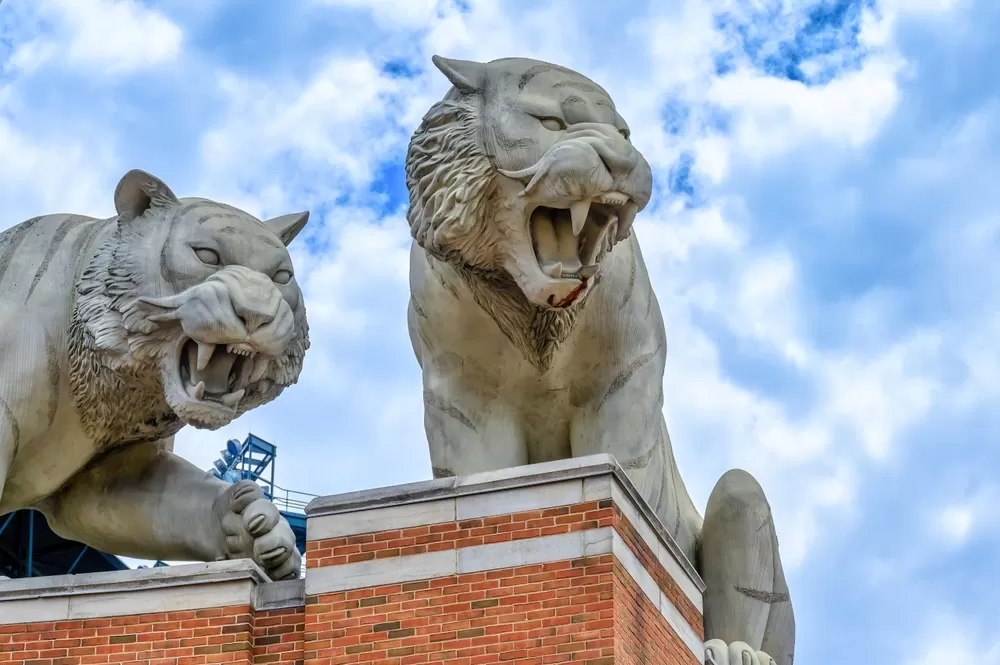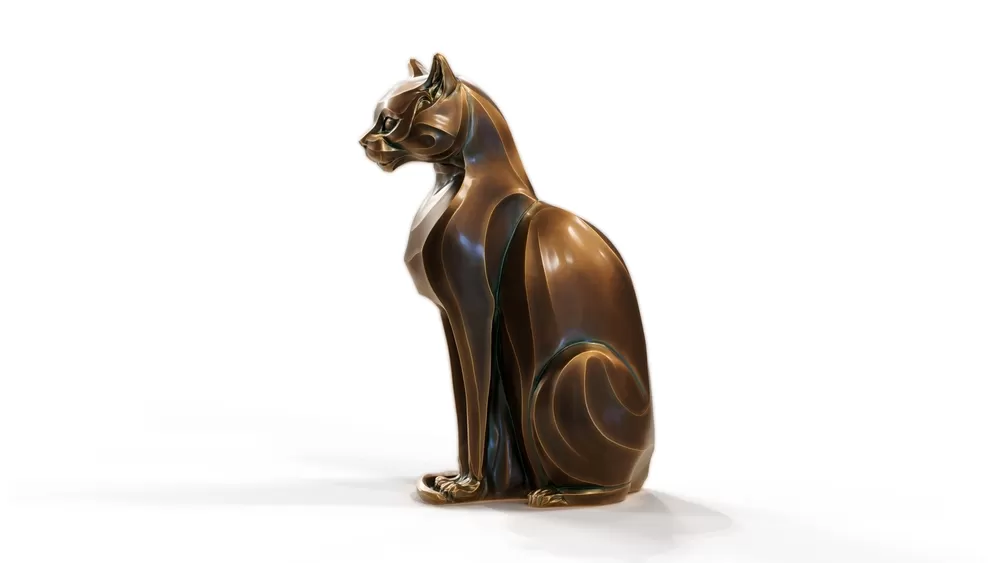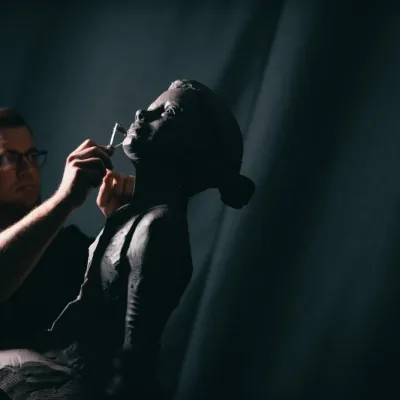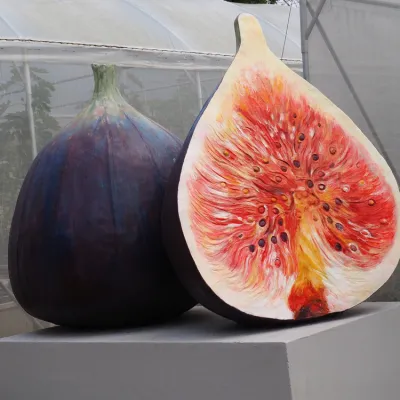- Konu Başlıkları
- Statue Models: Traces of Art from Public Spaces to Home Decoration
- Types and Features of Statue Models
- Decorative Sculpture Models: Art Aesthetics at Home
- The Place of Sculpture Models in Art and Design
- City Sculptures and Monuments: The Power of Art in Public Spaces
- Decorative Sculpture Models: The Balance Between Aesthetics and Expression
- Bust Making: Artistic Narration of History and People
- Ataturk Statues: Representation of National Identity
- Bust Models: A Link Between Classical and Modern
- A Journey to the Depths of Art with Statue Models
Statue Models: Traces of Art from Public Spaces to Home Decoration
Sculpture has been of great importance to humanity throughout history. Sculpture, which is considered a powerful form of expression in the art world, creates not only a visual feast but also a meaningful language. Sculpture models, as the embodiment of this branch of art, aim to establish both an aesthetic and emotional bond. Each sculpture model is a reflection of the imagination and technical skills of its artist. So, what are sculpture models? If you want to learn more about the types and types of sculptures, you are in the right place.
[widget-133]
Types and Features of Statue Models
Sculpture models vary according to the material used, style and the creative process of the sculptor. In general, sculpture types can be made of natural materials such as stone, metal, wood. In addition, modern sculpture models can also include plastic and other synthetic materials. The most well-known types of sculptures are figurative sculptures, abstract sculptures and decorative sculpture models. Each has its own style and meaning.

Decorative Sculpture Models: Art Aesthetics at Home
Decorative sculpture models are one of the indispensable elements of home and office decoration. These sculptures are usually made with aesthetic concerns, consisting of different figures or abstract shapes. Decorative sculpture models can be designed to appeal to personal tastes as well as creating an artistic touch in living spaces. In modern homes, sculpture types inspired by nature or minimalist abstract figures are often preferred. Decorative sculpture models can completely change the atmosphere of the environment in which they are placed and add a story to it.
The Place of Sculpture Models in Art and Design
The sculpture models we frequently encounter in art galleries and museums are much more than just objects. Sculpture types contain important messages that both carry traces of the past and shed light on the future. Modern sculpture types, especially with abstraction and minimalist approaches, take the viewer on an aesthetic and intellectual journey. On the other hand, more traditional sculpture types such as bust types establish a historical connection with figurative details.
City Sculptures and Monuments: The Power of Art in Public Spaces
City sculptures and monuments are important works of art that make historical and cultural values tangible. These statue models, located in public areas, especially in open spaces such as squares and parks, not only have an aesthetic value, but also strengthen social memory. The most striking among sculpture types are monuments that touch the culture of the people with original designs and meaningful figures. While such sculptures carry the traces of the past to the present, they offer the viewer the opportunity to establish a strong bond with the past. City sculptures and monuments take their place as important structures symbolizing the history, heroism or cultural heritage of a society.
Decorative Sculpture Models: The Balance Between Aesthetics and Expression
Decorative sculpture models are works of art that transform spaces by adding an elegant touch to daily living spaces. These sculptures are usually designed with abstract figures, stylized forms or inspiration from nature. Decorative sculptures made with aesthetic concerns change the atmosphere of homes, offices and other interior spaces. Among sculpture types, decorative models both offer a visual feast and affect the viewer in an aesthetic sense. These sculptures add an artistic air to spaces as a stylish detail and create a form of expression that reflects the character of each area.

Bust Making: Artistic Narration of History and People
Bust making is one of the most commonly used types of sculpture models. A bust is a form of sculpture that includes the head and usually forms portraits of historical figures, statesmen or cultural leaders. Among the types of sculpture, busts reflect the personal characteristics and moods of important personalities in detail, immortalizing their traces in society. In bust making, artists process the features of the figures down to the finest detail, reflecting the characteristic features of individuals and important moments in their history. Such sculptures are used to revive cultural memories and remind us of the past.
Ataturk Statues: Representation of National Identity
Ataturk statues are important works that honor the national values of the Turkish people and the founder of the Republic. Among the statue models, statues symbolizing the figure of Ataturk usually stand out as large-scale and impressive designs. Such statues symbolize the people's respect and loyalty to Ataturk. Ataturk statues, beyond being just works of art, are of great importance as symbols reflecting the society's belief in the Republic and its trust in leadership. These sculptures are often located in public spaces, schools, government buildings and squares, and they convey a strong emotional impact to their viewers.

Bust Models: A Link Between Classical and Modern
Bust models are one of the types of sculptures used to glorify historical figures in particular. In other words, busts are sculpture models that only cover the head and shoulder area, and are generally preferred to make depictions of famous figures. Bust models, which are the most common among sculpture types, bring to life not only historical figures but also portraits with personal meaning. Such sculptures are quite detailed and reflect the artist's unique style with every detail.
Bust models have been frequently preferred by artists throughout history. From ancient Rome to the present, busts of important people have been made in many cultures, and these sculptures have become works that symbolize the role of the figure in society. In the modern age, bust types have transformed into portraits that reflect not only historical figures but also imagination and artistic expression. So much so that today, bust models appear as interesting works that combine classical forms with modern details.
[widget-134]
A Journey to the Depths of Art with Statue Models
Sculpture models hold an important place in the art world in terms of aesthetics and meaning. Sculpture types and genres allow people to explore their forms of expression. While decorative sculpture models have both artistic and functional value, bust models offer the opportunity to establish a historical and cultural connection. As Erlas, we take care to emphasize the deep meaning and aesthetic value of sculpture models in the art world in each of our works. Sculpture types and genres are areas where our artists freely reflect their imagination, and each sculpture conveys different emotions and meanings to its audience. Our decorative sculpture models add both an artistic and functional touch to your living spaces. In addition, by establishing historical and cultural connections through our bust models, we carry the traces of the past to the present. For us, statue models are not only a visual but also an emotional journey, and each work establishes a deep connection with its audience.
















